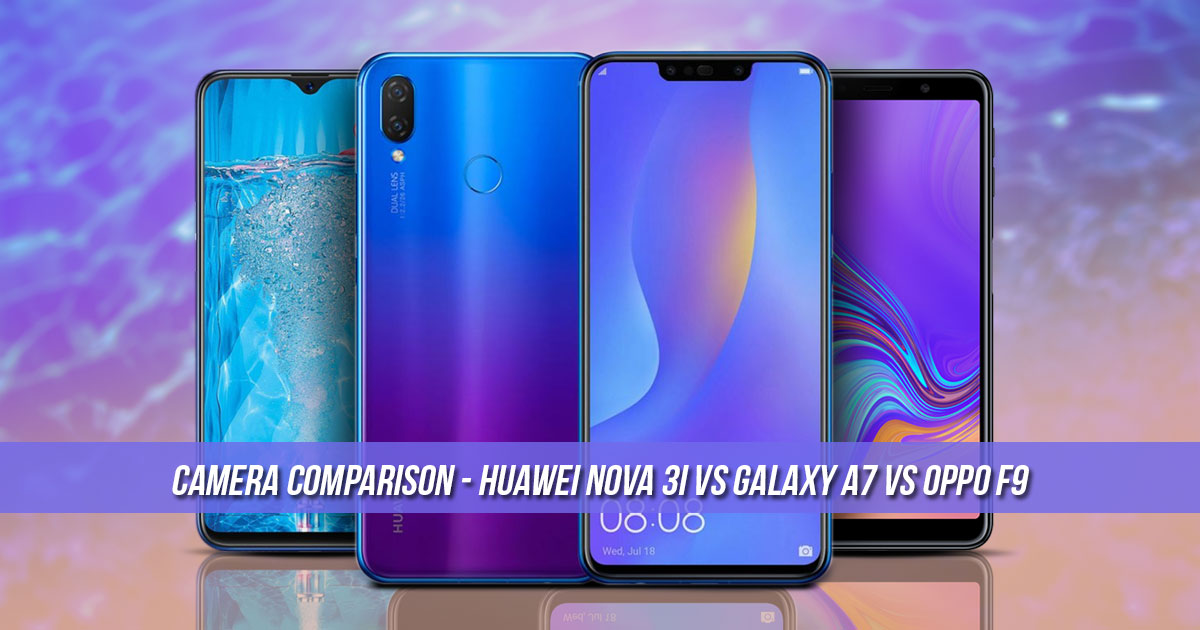
Christmas is just around the corner! I believe that some of you are preparing a gift for your friend, family or loved one and if they happen to be a selfie lover, choosing a device is difficult because there are a ton of mid-range selfie devices currently available.
In the Malaysia market alone this year, there are easily more than five variants from various brands competing for the mid-range category. In this article, we will be looking at three such selfie camera-centric smartphones today - the Huawei Nova 3i, Samsung Galaxy A7 (2018) and the OPPO F9 based on camera performance, tech specs as well as their pros and cons.
The Camera Configuration
Before we get started, below is a breakdown of what each smartphone camera specs feature:
- Huawei Nova 3i: 16MP (f/2.2 aperture) + 2MP dual rear camera (depth sensor) rear dual camera | 24MP + 2MP dual front camera
- Samsung Galaxy A7 (2018): 24MP (Wide Angle, f/1.7) + 8MP (Ultra Wide Angle, f/2.4) + 5MP (depth sensor, f/2.2) triple rear camera | 24MP (f/2.0) front camera
- OPPO F9: 16MP (f/1.8, AI HDR and AI Beauty) + 2MP (depth sensor) dual rear camera | 25MP front camera (AI Beauty 2.1, HDR Sensor)
Looking at the camera specs above, we can see that each smartphone has its own unique spin. For example, the Galaxy A7 (2018) has an ultra-wide angle lens, the F9 relies on artificial intelligence for the perfect selfie and so does the Nova 3i, but with an extra AI scene recognition that can identify 22 categories which results in 500 different scenes. But enough talk, let's get to the photo samples below!
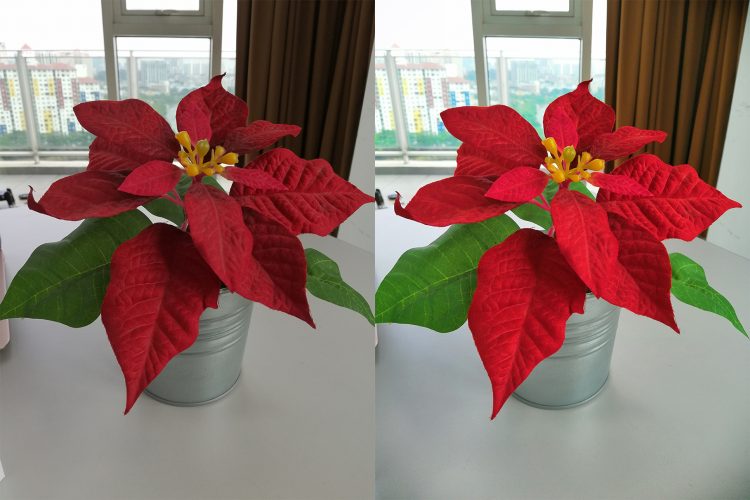
Huawei Nova 3i AI scene recognition in before and after
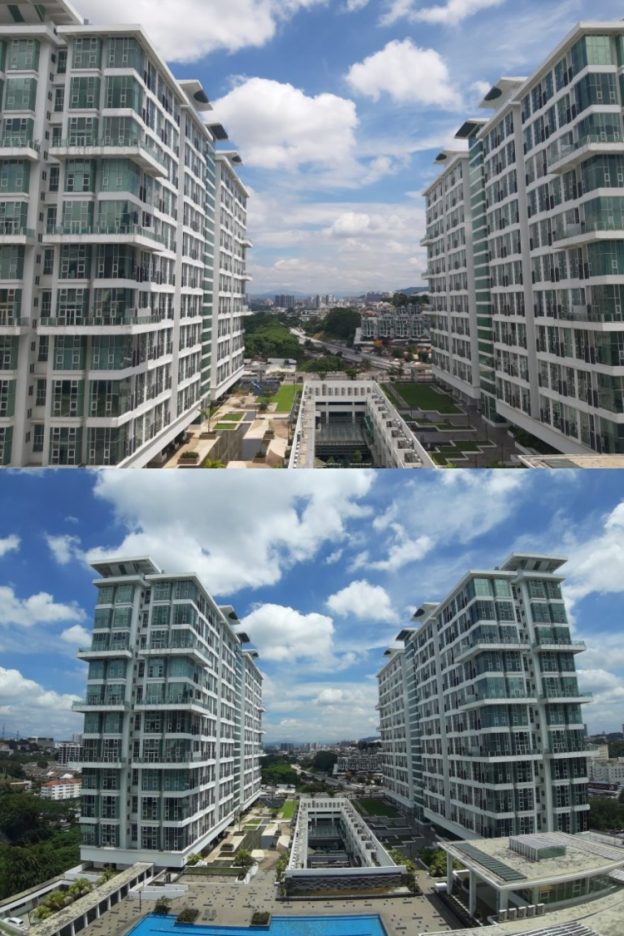
Samsung Galaxy A7 2018 wide-angle (top) and ultra wide-angle shot (bottom)
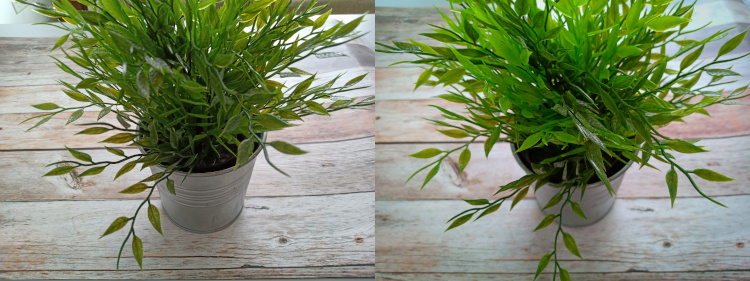
OPPO F9's Super Vivid Mode in before and after
Of course, the three smartphones' front cameras are just as capable as well. The F9 has the biggest one with 25MP, followed closely by the Galaxy A7 (2018) and the Nova 3i with 24MP front cameras. However, amongst the three of them, only the Nova 3i has and extra 2MP camera acting as a depth sensor which is always useful, providing a natural-like bokeh effect for portrait selfie mode. Check out our boys taking their own selfies!

Huawei Nova 3i selfie in auto mode (left) and portrait mode (right)

Samsung Galaxy A7 (2018) selfie with Live Bokeh (left) and HDR (right)
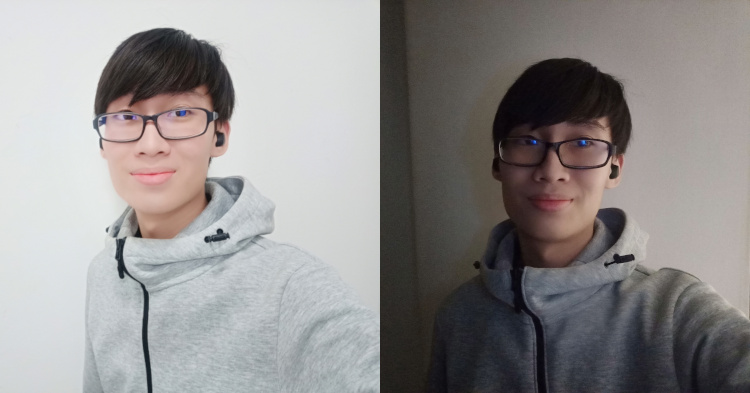
OPPO F9 selfie in a bright and low-light environment
The Hardware Performance
- Huawei Nova 3i: Hisilicon Kirin 710 (12nm, Quad 2.2 GHz Cortex-A73 and Quad 1.7 GHz Cortex-A53)
- Samsung Galaxy A7 (2018): Exynos 7885 (14nm, Duo 2.2 GHz Cortex-A73 and Hexa 1.6 GHz Cortex-A53)
- OPPO F9: MediaTek MT6771 Helio P60 (12nm, Quad 2.0 GHz Cortex-A73 and Quad 2.0 GHz Cortex-A53)
Now that we have got over the cameras, perhaps you are also considering the processors too. After all, you won't want your loved ones to complain that the smartphone is slow. The three processors you're seeing above are all mid-range tier and we can't really tell you which one is the best.
MediaTek's Helio P60 is quite good from our experience but based on reputation, customers seem to prefer other brands (#brandpower). The Kirin 710 and Exynos 7885 processor are kind of similar to each other, but because of the architecture size of 12nm only, the Kirin 710 is theoretically better than the Exynos 7885 in terms of power consumption and processing speed. But then again, this also depends on how Huawei and Samsung are optimizing the processor running the system.

(L-R) AnTuTu scores for Huawei Nova 3i, Samsung Galaxy A7 2018 and OPPO F9
On the other hand, all three devices have over 3000mAh battery capacity. The F9 has the most with 3500mAh, followed by the Nova 3i with 3340mAh and the Galaxy A7 2018 for 3300mAh, both of which aren't too shabby. While all three devices can withstand a day easily on just average usage, the charging technology is different and the F9 has the upper hand, through its VOOC Fast Charge technology.
Finally, memory capacity is another favourite as well. Both the Nova 3i and Galaxy A7 (2018) are using the same 4GB + 128GB memory setup, while the F9 has the highest RAM of 6GB, but the storage is just 64GB. Obviously, having a bigger storage is usually better and it's best suited for those who love taking many pictures and videos.
Conclusion
So those are the comparisons between the three smartphones. According to our writer, Jim, he thinks the Nova 3i is the best choice in terms of performance to cost ratio. At a recommended retail price of RM1099, the Nova 3i is able to offer a full-fledged camera performance, a respectable Kirin 710 chipset (which is also fairly new) and a pretty big storage of 128GB.
| Tech Specs / Smartphones | Huawei Nova 3i | Samsung Galaxy A7 (2018) | OPPO F9 |
|---|---|---|---|
| Display | 6.3-inch IPS display (1080 x 2340 resolution) | 6.0-inch Super AMOLED display (1080 x 2220 resolution) | 6.3-inch LTPS IPS display (1080 x 2340 resolution) |
| Processor | Hisilicon Kirin 710 | Exynos 7885 | MediaTek MT6771 Helio P60 |
| Memory | 4GB RAM + 128GB ROM(expandable storage up to 256GB) | 4GB RAM + 128GB ROM(expandable storage up to 512GB) | 6GB RAM + 64GB ROM(expandable storage up to 256GB) |
| Rear Camera | 16MP (f/2.2 aperture) + 2MP dual rear camera (depth sensor) rear dual camera | 24MP (Wide Angle, f/1.7) + 8MP (Ultra Wide Angle, f/2.4) + 5MP (depth sensor, f/2.2) triple rear camera | 16MP (f/1.8, AI HDR and AI Beauty) + 2MP (depth sensor) dual rear camera |
| Front Camera | 24MP + 2MP dual front camera | 24MP (f/2.0) front camera | 25MP front camera (AI Beauty 2.1, HDR Sensor) |
| Battery | 3340mAh | 3300mAh | 3500mAh |
| RRP | RM1099 | RM1299 | RM1399 |
Of course, that's not to say that the other two aren't worth getting. If you like taking ultra wide angle shots, the Galaxy A7 (2018) takes the cake here, and the F9 can also charge super fast too (or go for the 6GB of RAM). Well, the choice is yours according to your needs but if it were you, which one would you choose? Let us know in the comments below!
Stay tuned for more comparison articles at TechNave.com.






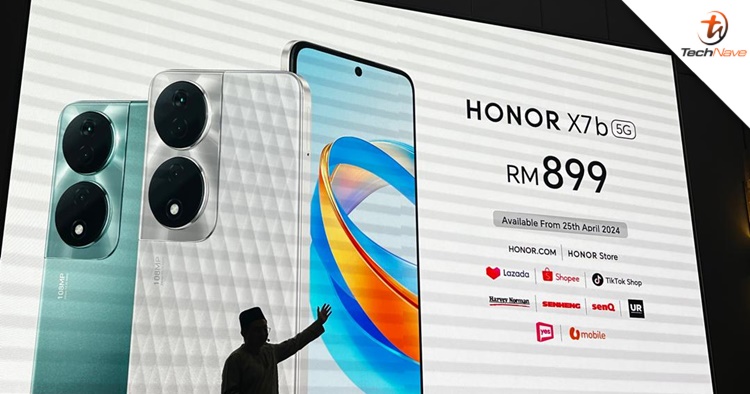
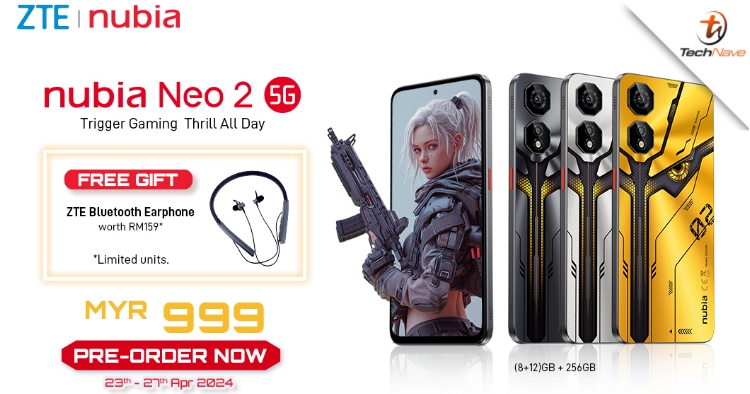
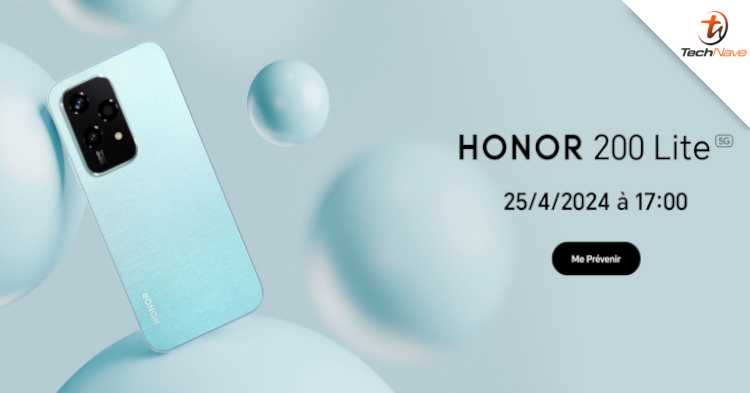



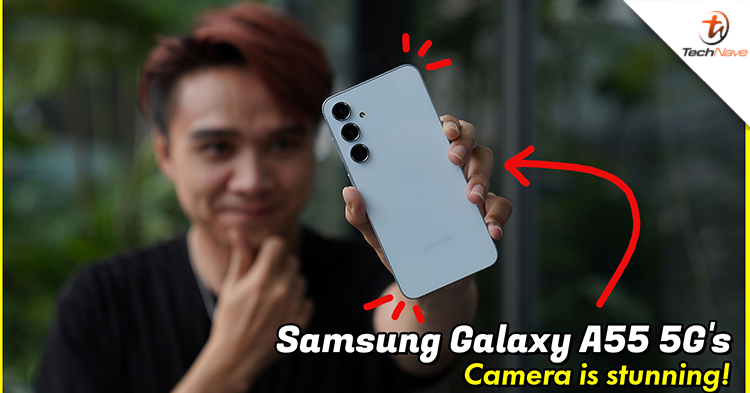

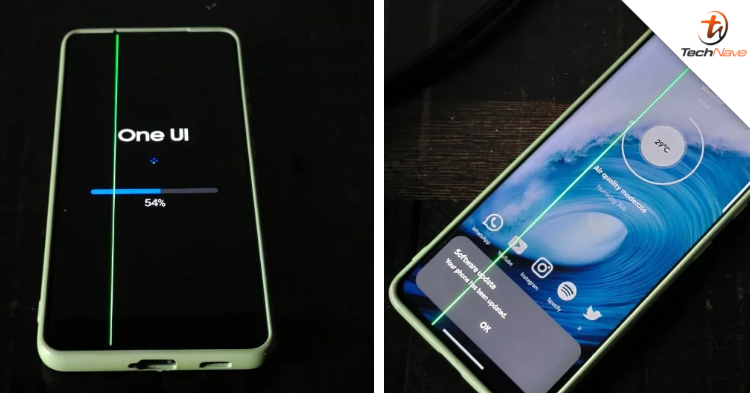

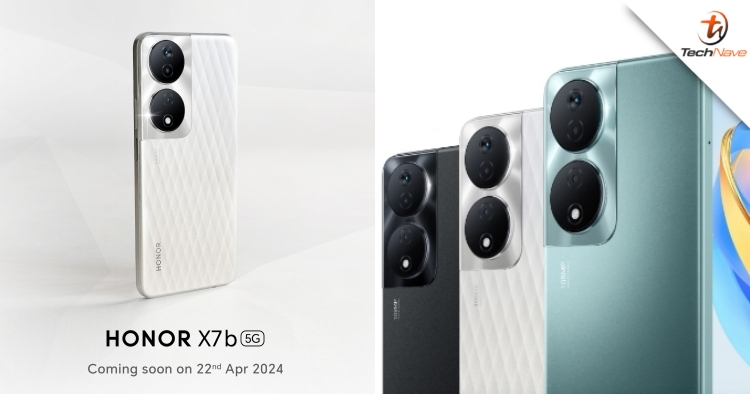
COMMENTS